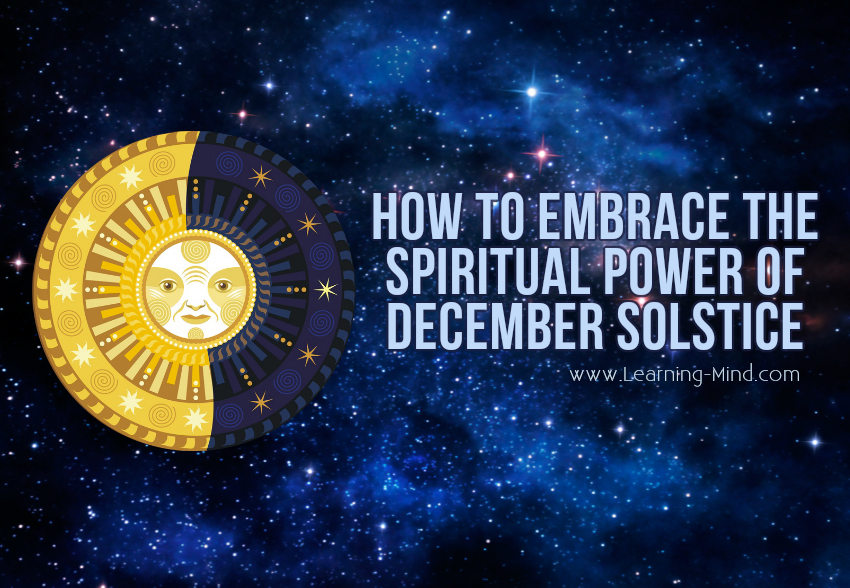
The longest night of the year is traditionally a time of spiritual significance when we can reflect, restore and find spiritual guidance for our lives. At the Winter Solstice, the sun is at its lowest point in the sky. On this, year’s longest night, dormancy, darkness and cold reign. However, as the Winter Solstice passes, the days begin to get longer once more.
Because of its significance in the cycle of the year, the Winter Solstice has been marked by many cultures in the Northern hemisphere. During the festivals, feasts and holidays at this time, people celebrate that the darkest time of the year is almost past. They look forward to lighter, warmer days to come.
Often, the celebrations center on light and warmth, as these are scarce at this time of year. The idea being that, by a kind of sympathetic magic, we can help the sun regain strength by boosting it with our lights and fires.
In modern times, Christians all over the world celebrate the birth of Jesus Christ on Christmas Day. However, celebrations at this time pre-date Christianity. Winter feasts, including those of Saturnalia and Yule have been going on for centuries.
The Feast of Yule (Juul) was a pre-Christian festival observed in Northern Europe at the time of the Winter Solstice. At this time, people lit fires to symbolize the heat and light of the returning sun. A Yule log was burned on the hearth to honor the god Thor.
In England, Germany, France and other European countries, the ashes of the burned log were collected. They were then strewn on the fields to promote fertility every night until Twelfth Night.
In Ancient Rome, the Festival of Saturnalia began on December 17th and lasted for seven days. The festival was to honor Saturn, the father of the gods. The festival included feasting, drinking and a reversal of the normal order of things. Participants often wore masks to hide their true identity so any misbehavior would not be found out.
It was traditional to offer gifts such as fruit; a symbol of fertility, dolls; to represent human sacrifice, and candles; as a reminder of the bonfires traditionally associated with pagan solstice celebrations.
There are of course many other celebrations at this time of year around the world.
Unfortunately, many of our modern customs around the midwinter focus on materialism and excess. However, it is possible to honor this sacred time of year and the cycles of nature it represents. The longest night of the year gives us an opportunity to investigate the darkness as well as to look toward the light. Darkness is often seen as something negative.
However, darkness is as important as light because you can’t have one without the other. This time of year is perfect to go inward and investigate the darkness and light within our own psyche.
In nature, there is a cycle for everything. In winter, life is drawn back into the earth before rising again in spring, reaching full maturity and ripeness before returning to the earth. Our lives follow this cycle and so do our energy patterns. Nothing can grow all of the time, there needs to be a time of rest and renewal.
In the manic celebration of our current religious holidays, the traditions often cause more stress than rest. It is worth prioritizing some time over the holiday season to ensure that the true work of the year’s longest night, that of rest and introspection, studying the darkness and nourishing the soul, gets done.
In retreating inwards, we can investigate the psyche and find what it is we want to let go of, and what to guide into the light. We can also follow Mother Nature’s example in the season of darkness and ensure that we nourish ourselves and rest for the season of growth to come.
The longest night of the year represents the end of a cycle and the beginning of a new period of increased light and growth. This makes it the perfect time to look back at the year passed and celebrate how far you have come. It is also a good time of year to look forward towards the light and decide what you want to do with the year ahead.
We’d love to hear the ways you celebrate the Winter Solstice and honor its power. Please share your thoughts with us in the comments below!
References: